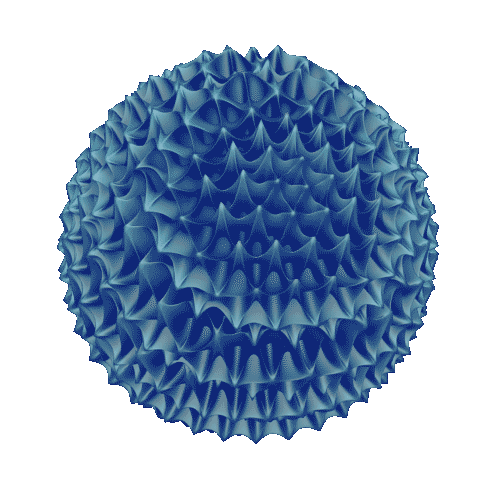I’m totally stuck on a weird issue in our intro plant bio lab that our TA says might be Vacuolar Signal Drift (VSD). We’re growing Arabidopsis seedlings under different light cycles to study stomatal behavior, but our results are super inconsistent—some plants open their stomata normally, while others stay closed or act totally random. Apparently, VSD happens when vacuoles in the guard cells send out these weird, temporary signals that mess up how the cells respond to light.
Here’s the puzzle:
1. Our Arabidopsis plants sometimes show normal stomatal opening, but other times they just won’t budge, even under bright light. Could VSD be causing these random responses in our guard cells?
2. Is there a way to spot this vacuolar drift with basic lab tools, like a light microscope or some kind of dye we can use in our undergrad lab?
3. Bonus: How do we stop VSD from ruining our experiments? Would tweaking the light cycle or adding something to the growth medium help, or is this just a weird plant thing we’re stuck with?
I’ve checked our textbook and a few online sources, but VSD is barely mentioned, and our stomatal counts are all over the place. Has anyone seen this in their plant labs? Any tips for figuring out if this is happening or keeping our plants consistent? I’m freaking out before our lab report is due!
[link] [comments]






 English (US) ·
English (US) ·